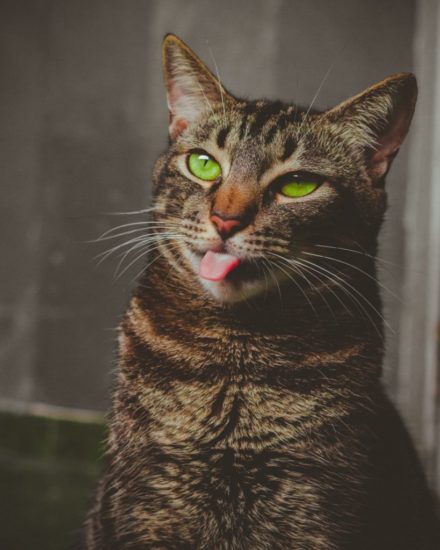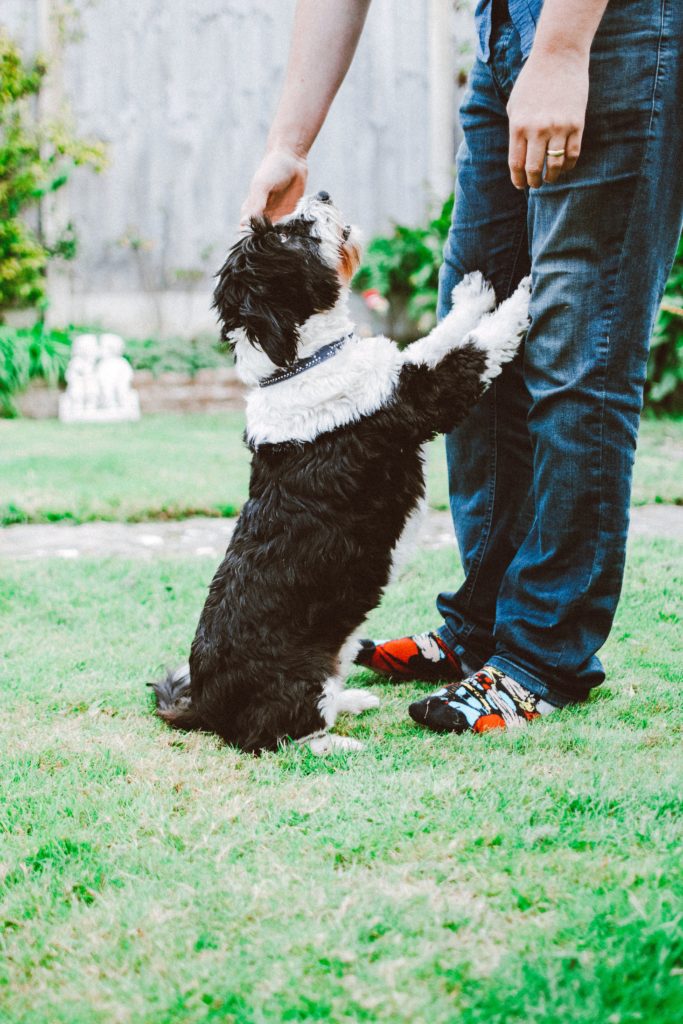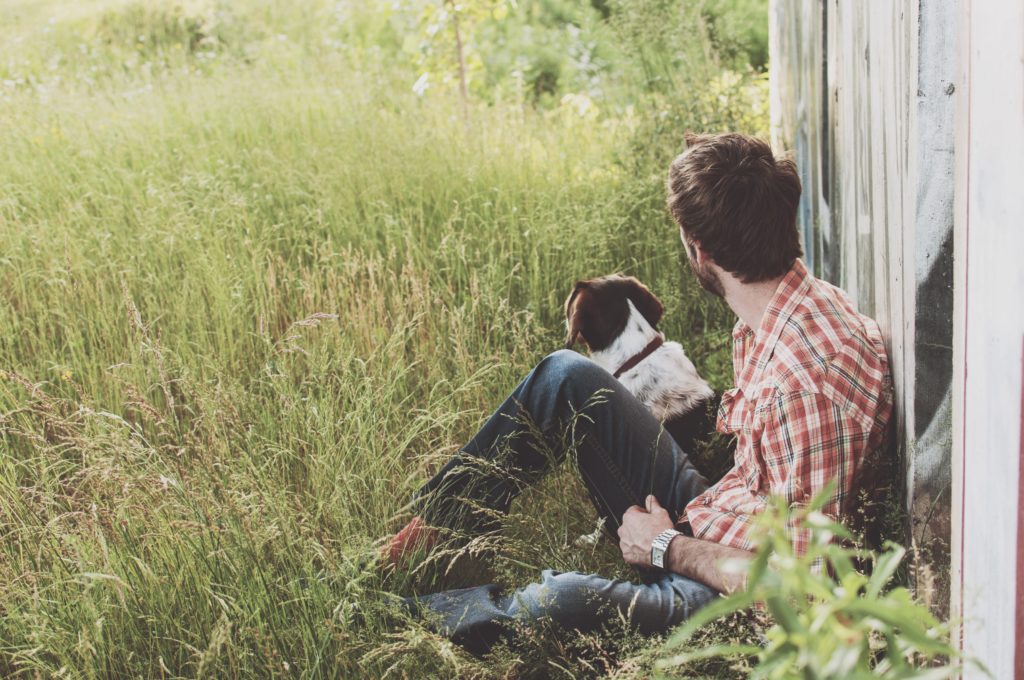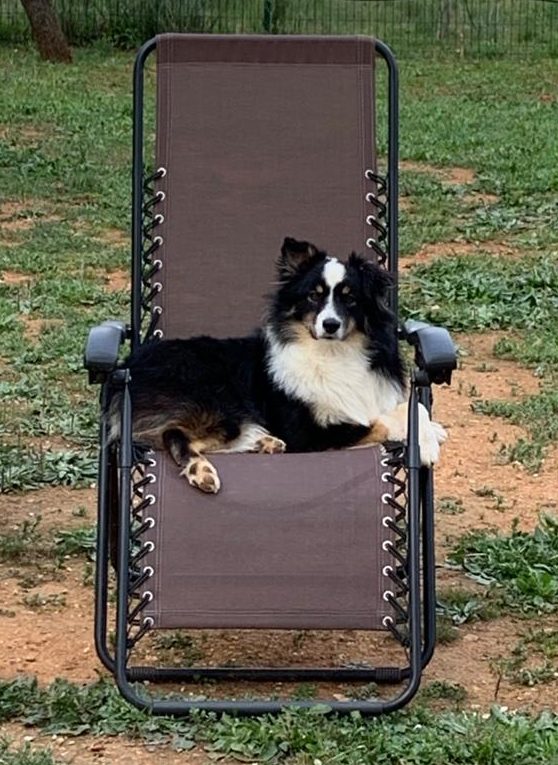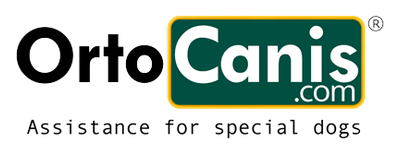Start when your pet is young and healthy. Vet office visits must be a part of your dog or cats training. Simple rules implemented at an early age build the foundation of a self confident pet.

Begin Muzzle training early. A muzzle is an injured, frightened dog’s best friend. Safety of the human being attending to a sick or injured animal is as important as the animal’s safety.
Does taking Fido to the vet have you worked up? Your pet is more intuitive than you know stay calm. A calmer you translates to a calm pet. So begin working toward that as soon as you begin a life together.
Stress free vet visits- do they exist? How can you visit your vet without a hysterical pet, which inevitably means a hysterical you! We’ll begin with “Why should you take a healthy pet to the vet”
If like me you’ve been JRT trained (Jack Russell Terrier ) you’re a certified (in more ways than one) pet owner! Intelligent beyond their little bodies and skulls! Here is what I learned from taking a JRT to the vet for 17 years- you will not win if you show up at the vet only when you need to.
We are the cause of so many anxieties our pets experience throughout their lives. We expect them to adapt to the anthropomorphised life we’ve decided they must enjoy. We then proceed to spend an inordinate amount of time obsessing on ways to alleviate our pets anxieties.
“It’s the vets job to take of my dog,” you say. Yes, it is, but a vet cannot effectively and safely carry on that job if the patient refuses to sit or lie still (or as still as possible). A stressed dog or cat is most certain to experience elevated heart rates and laboured breathing, skewing your vets readings of vital signs.
If your pet is particularly unfriendly think JRT’s – quick as lightening, and sneak in a nip before anyone has a chance to stop it- your vet cannot treat the patient effectively. Because your vets they need all their fingers and both hands to handle the next patient.
Unfamiliar objects, sounds and smells!
Let’s face it, no one wants to visit a doctor! Imagine this- you are taken to the doctor or dentists office, every smell and sound is amplified and new. You have no idea why you are there. Your only previous memory is of discomfort. Now you know how your pet feels.
Think about why a visit to the vet is such a stressful experience. For starters when do you take your cat or dog to the vet? You’re reading this thinking, ‘When they’re ill of course” Well, there’s your answer. Your pet knows the vet’s office is a place they’re taken to and prodded and probed. This does is makes the vet office a negative memory and unpleasant place to visit.
“But why take a healthy pet to the vet?” you ask. So, when you need the vet for a serious illness or emergency your pet is not dealing with the added stress of a negative memory or association.
What can you do to ease your pets anxiety? Clearly you cannot drop into the vets practice as part of your daily routine but there are a few things you can do.
- Drive by the vets office with your pets in the car, they know where they’re going instinctively. Do not let the route you take to the vet be the only time your pets travel on that road.
- Go for a walk past the vets clinic (this is assuming it is physically possible to do if you live in a large city)
- Ask your vet if they mind you bringing your pet around now and then just to say hi!
- Take treats with you to the vet so that it is a positive experience
Does your dog need to muzzled? If you answered yes, practice muzzling your dog at home. We’ve been able to help clients successfully use rehabilitation aids for dogs and cats using this technique. Think slow and steady, patience and explanation will help you take a confident calmer pet to the vet.
Unfamiliar objects include a harness, muzzle or splint. You know what these objects are your pet does not – give them time. These are devices and aids which will alleviate your pets stress and physical pain. It is important that their first interactions with these devices are not negative. Dogs and cats are a lot like kids- they remember unpleasant experiences.
For your senior pet these aids or devices are likely to be life long requirements. Give them the opportunity to understand the device is their friend. Use it slowly and sparingly the first few days. Observe their comfort level and which movement if any causes them discomfort. Adjustments are then made to make it comfortable.
Cats are smarter than the average human- or the above average human! Your cat has the ability to hunt, climb trees, stalk prey these are some of their awesome skills. So escaping from a veterinary office is not difficult. Harness train your cat, if for no other reason than to keep them safe at the vet. It also helps if you ever have to move house. Cat harnesses are light weight and comfortable, often with a long leash so your cat is not restricted in its movements.
The cat harness is easy to use and is peace of mind when travelling with a cat. The harness is especially helpful if you have to send your cat to the vet when you cannot be present.
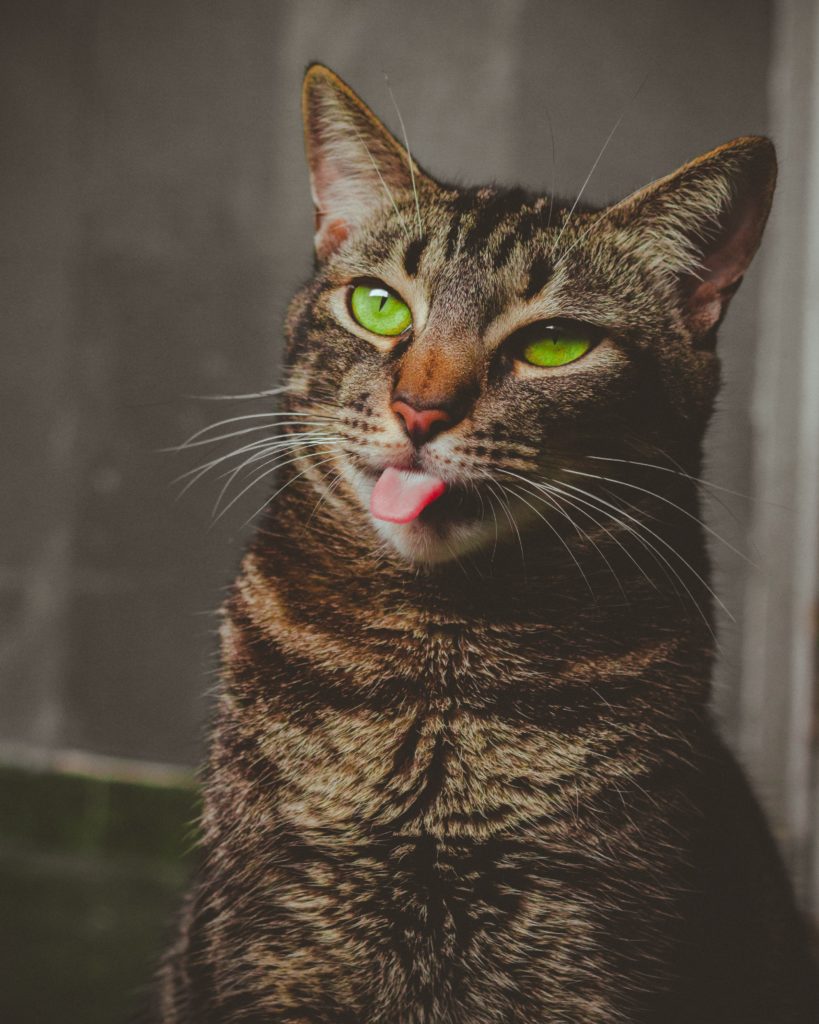
Cat carriers – let your cat carrier be your cats friend. We do not give our pets enough credit, they remember experiences and have memories. Think back to when you were a child, did you enjoy visiting the doctor? We cannot verbally explain to our pets why a vet visit is necessary, but through non verbal communication. However, through conditioning it is possible to make their experience less traumatic.
Why are so many pets a wreck at the vet? If your staff is designated to take to them for a vet visit- untrained house help – they cannot be expected to manage an agitated pet. You have succeeded in sending a stressed human and pet into an unfamiliar situation, neither is equipped to handle.

Stressed cats and dogs experience increased heart rates, excessive panting or salivation. This not only makes it physically uncomfortable for you and the vet. There will never be an optimally relaxed patient- human or animal. It is in a doctors and patients best interest to be as ‘relaxed’ as possible.
You can achieve a stress free Vet Visit when you work with your pets from the day they come home! A professional pet groomer advises to begin basic grooming as soon as possible. Vet visits are the same, do not wait for the emergency and panic. Plan ahead for your pet and yourself.
As a pet owner you can help your pet greatly by speaking in a soft calm voice to your pets. Re assure them and if they need space let them have it. Your cat or dog may not necessarily want to cling to you. If they have the confidence to explore the vet’s office (safely and within allowed areas) let them.
Each pet is different, with a history or life event which permanently changes their ability to deal with human beings, or vet offices. If your pet is a rescue, no matter how happy a home you provide, or how caring the foster/ shelter home was – there are some scars which never heal.
How to prepare your rescue for stress free vet visits
For rescue, shelter, abandoned dogs and cats, take it even slower. Take time to settle into your new life together. When they regain part or all of their trust and confidence in human beings, begin firmly and patiently to teach good vet visit protocols.
Learn from Max. Max was a rescue mini rottie- dobe mix who never settled into being around other dogs, and – get him near a horse and he was battling T Rex. Max was blessed with a vet who gets down to the dogs comfort level, and he was able to get great veterinary care for the rest of his life. The key was for both vet and owner to recognise the flash point – or tipping point and work around it.
Our vets and their welfare matter – they are at your ‘service’ diagnosing, treating, dressing, administering care to your pet. Often sacrificing time with their pets and family.
We expect our veterinarians to fix our pets- immediately- without hesitation or error.
A vital player in your pets life is their vet. He/she is friend and foe to your pet and your human sounding board when you’re worried and punching bag when you’re angry.
We owe it to our vets (I don’t know where in world you live or who your vet is) to bring them not perfect patients but well mannered polite patients.

